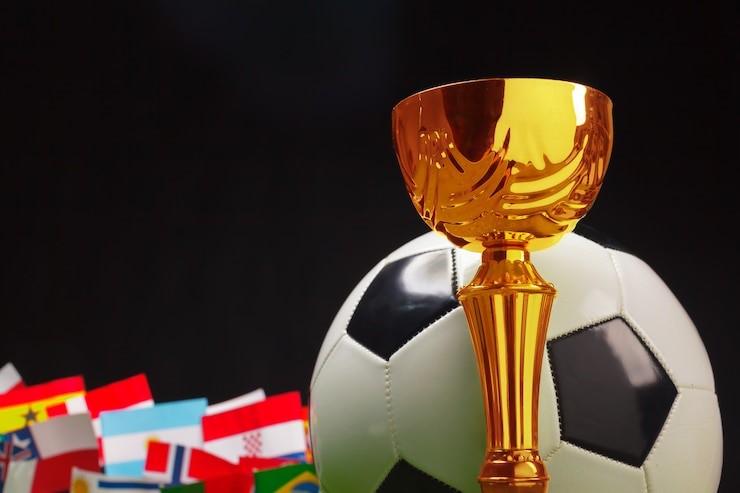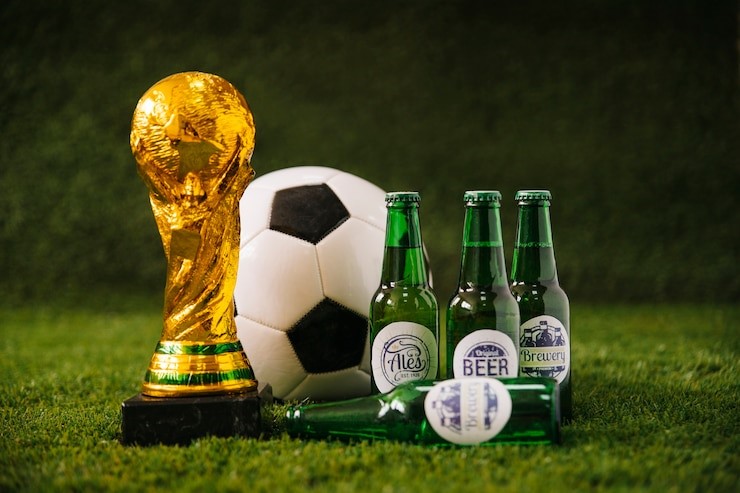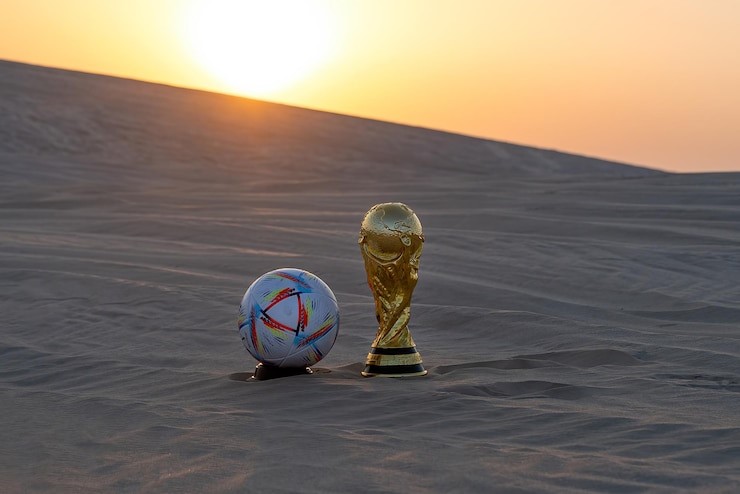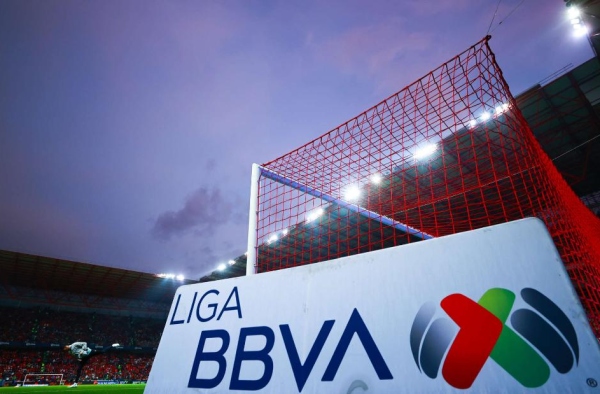
As the 2025 CONCACAF Gold Cup approaches, football game fans across the Americas are not just eager for internal pride and regional aura, they’re too prevent an center on how performance in this tournament could influence World Cup 2026 squad selections. With the World Cup requiring seats in the United States, Canada, and Mexico scarce a year later, the Gold Cup 2025 will act as a vital testing primer for managers and thespians alike. This variant of the tournament gets underway at a metre when teams nail down their core rosters, assessing depth, and valuating tactical flexibility. For untested players and fringe whizz, it’s a golden opportunity to garner a call-up. For established veteran, it’s a fortune to ensure their positions or peril being overtaken by rising talent. In this clause, we’ll search how the Gold Cup 2025 could play a pivotal role in shaping the World Cup team across the region.

A Stage for Emerging Talent
One of the most significant aspects of any international tournament in a pre-World Cup year is its potential to showcase young talent. The Gold Cup has historically functioned as a platform for histrionics who finally become World Cup stars. In 2025, this trend is likely to continue. The national team passenger car will be keeping a faithful watch on the young role player performing under pressure. Those who thrive will significantly advance their chances of being included in the 2026 squad.
Players to look out for in this family include:
- Obed Vargas (USA) – A dynamic midfielder who could be the future of the American midfield.
- Ismaël Koné (Canada) – With an ever-improving accomplishment set, Koné is one strong tournament away from cementing a World Cup spot.
- Marcel Ruiz (Mexico) – The creative midfielder has shown flair of genius in Liga MX and will be closely monitored during the Gold Cup.
Testing Tactical Systems
For the autobus, the Gold Cup 2025 offers the final competitive setting to trial organization and tactical adjustments ahead of the World Cup. Whether it’s trying a back-three organisation or shift to a high-pitched press, these games allow for valuable insight into what act and what needs rethinking. For example, the U. S. might test dual-hitter systems involving both Jesús Ferreira and Ricardo Pepi, while Mexico could evaluate how Santiago Giménez fits in with a novel midfield structure. The tournament allows for experimentation under tangible match pressure levels, far to a greater extent instructive than isolated friendlies. What crop in the Gold Cup could form the design for the World Cup 2026 strategy? What fails could spell the remainder for certain role player compounding or tactical ideas.

Evaluating Squad Depth
Not all musicians who kick the bucket into the Gold Cup are automatic starters. Many are a part of the second or third tier in their national squad pool. However, that doesn’t decrease the importance of their purpose. If anything, it enhances it.
Here’s where the Gold Cup helps:
- Players battling for backup roles (like third-alternative goalkeeper or interchange wide-back) can prove they are authentic under pressure.
- Injuries to key players in the Gold Cup much thrust teams to use profound options, a worthwhile drill for unexpected state of affairs in the World Cup.
- Outer Boundary histrion can use their Gold Cup performance to push out underperforming veterans.
For teams like Canada and Jamaica, which aim to construct squad astuteness, the tournament is the ideal chance to broaden their bench strength.
Veterans: Proving They Still Belong
Scarcely as the Gold Cup allows new players to rise, it too serves as a litmus test for old hands hoping to stay relevant through 2026. Musicians such as Héctor Herrera (Mexico) or Tim Ream (USA) may line up for the tournament, crucial to show that they even contribute value. A substantial viewing could think an automatic World Cup selection, while a poor performance might speed up transition plans. Veterans must not but show fitness and form but also leaders and tactical understanding that can aid an untried teammate to grow. The Gold Cup may become the turning point in some legendary careers, either as a comeback or a farewell.
Building Chemistry and Cohesion
Tournament achiever at the World Cup level is not merely about naked as a jaybird talent; it’s about team chemistry. The Gold Cup gives coaching faculty a chance to assess how well role players perform, on and off the field.
This counts because:
- New player combinations, especially in midfield and defense, need to build understanding over multiple games.
- Communicating between the goalie and center-book binding or between winger and total-book binding can only be sharpened through competitive play.
- Training camps can aid, but simply existing matches designate how the team holds up under tournament pressure.
Teams like the USA, Mexico, and Canada are likely to habituate the Gold Cup to identify the strongest and most cohesive building block that will eventually form the World Cup lineup.

CONCACAF Rivalries and Mental Fortitude
One often-dominant look of the Gold Cup is the mental preparation it provides for the World Cup stage. Fierce rivalries, such as USA vs. Mexico or Honduras vs. Costa Rica, create emotionally charged matches that test a thespian’s temperament and focus. These gamy-stress surrounds mirror the pressure of a knockout-stage World Cup game. Autobus will be evaluating who stays frame, who leads under pressure, and who loses ascendancy when the stakes are high. Players who boom in these emotionally intense matchups often discover themselves high on the World Cup pecking order. It’s not scarce about skill, it’s about proving they can rescue when the weight of a body politic rests on their shoulders.
Conclusion
The Gold Cup 2025 is far more than a regional tourney; it’s a crucial milestone on the road to the World Cup 2026. For get-up stars, it’s a prospect to lay claim to their blot. For veterans, it’s about examining whether they still let it. And for coaches, it offers a live testing lab to refine manoeuvres, assess squad depth, and build a team that can go the aloofness on the world’s great stage. As fans are emboldened for their countries, guides and coaches will take in with a different focus, shaping the rosters that will define the future World Cup. Hence, when you tune in to the Gold Cup 2025, know that every pass, tackle, and goal could be shaping football game history just one year down the line.



